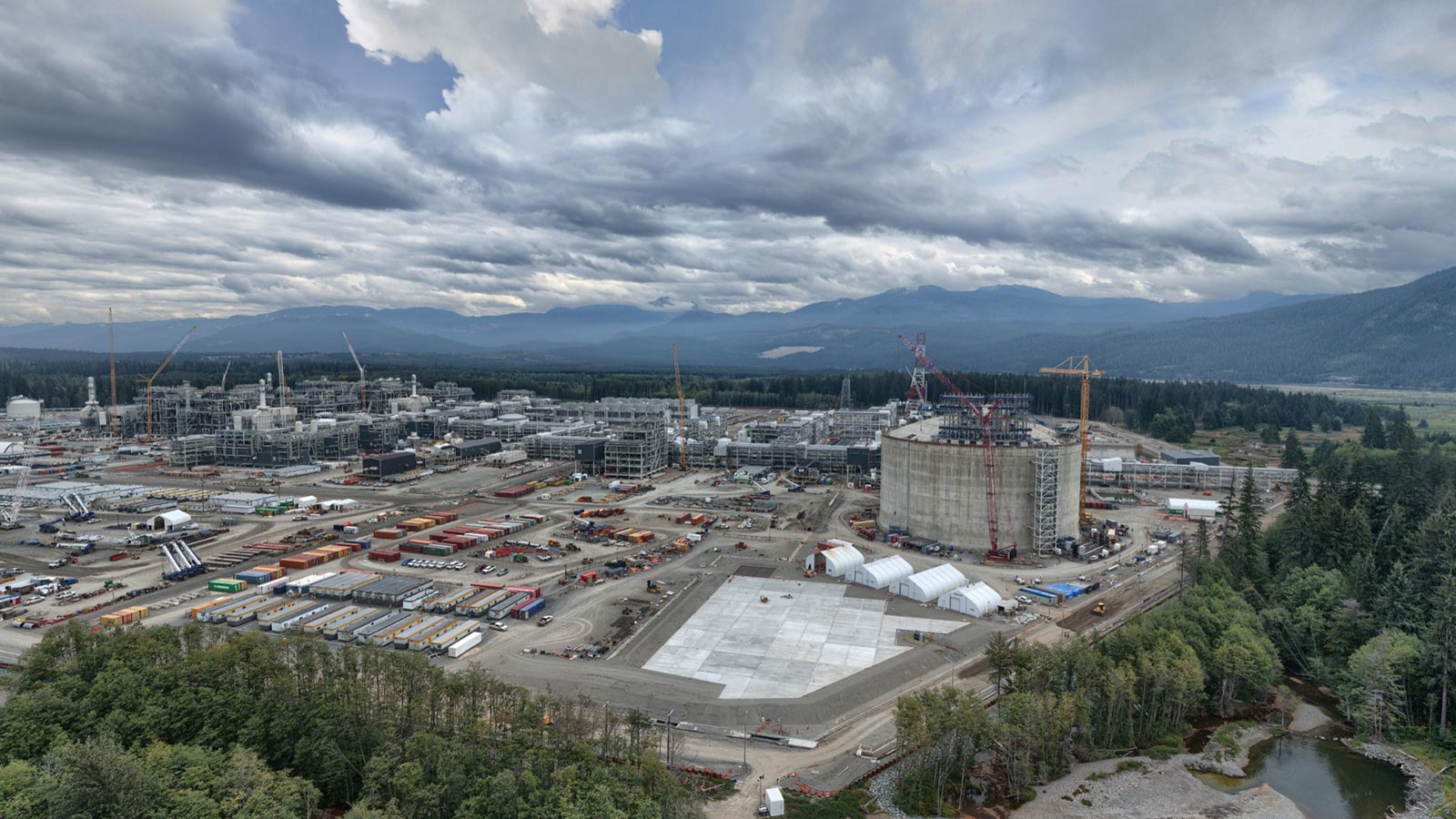A woman in rural China gets ready to make dinner. She starts with food prep, then reaches for her fuel source to begin cooking.
Her options: likely wood or coal.
As she cooks, she is probably not aware that nearly half a million people in China who cook with wood or coal have an increased risk of major eye diseases that lead to blindness.
This was detailed in a University of Oxford study that also showed nearly half of the world’s population (that’s 3.8 billion people) is exposed to household air pollution from cooking with “dirty” solid fuels like wood or coal.
Even if she knew all this, what other choice would she have? Everyone has to prepare food for their family.
Poor air quality and its effect on human health is a significant cost to consider when using coal, but there are others as well, such as greenhouse gas emissions.
When burned for energy, coal releases carbon dioxide into the atmosphere. If you shift from thinking about the individual cooking at home to large-scale coal burning for electricity generation, the problem becomes a major environmental concern — and a significant contributing factor to climate change.
How big is the problem?
Coal power plants produce 20% of global greenhouse gas emissions, more than any other single source, says the International Energy Agency (IEA).
This issue is important to us because that woman cooking at home could be any one of us. The difference is, we have options. With energy demand continuing to grow, the IEA reports that many countries feel they have little choice but to continue generating power with coal.
Furthermore, Canada Powered by Women research (which captures the opinions of 24% of all women in Canada) shows that the vast majority (84%) personally care about tackling climate change through global greenhouse gas (GHG) emission reduction.
So, what exactly is the solution to this problem? It’s choice.
The solution for regions of the world that don’t have access to different types of energy is to provide alternatives to what they have today. One choice can, and should, be Canadian liquified natural gas (LNG).
(Assuming, that is, Canadian suppliers are supported enough by regulatory environments to produce and export this resource. More on this later…)
Many parts of the world — particularly Asia — want to replace coal with cleaner energy like LNG. Foreign markets such as Japan, Korea, Malaysia, and China are interested in turning to Canada as their source, over countries with less-than-stellar environmental and human rights records (not to mention uncertain political structures).
“We have incredible volumes of lower-carbon gas in B.C., and it represents an important new source of energy,” says Teresa Waddington, vice president, corporate relations at LNG Canada. “Canada is politically stable in an increasingly energy security-conscious world. We have good infrastructure and good systems in place to make sure that we are able to produce very, very reliably.”
It’s not just industry players who are on board with exporting our energy resources to foreign markets, either.
The majority of Canadian women we asked consider it important to supply ethical and responsibly produced oil, as well as LNG, internationally.
Canada is primed to take its cleaner energy options to the world — we just need the ability to get it to market.
Canadian LNG: The same energy for half the emissions
Markets around the world are interested in LNG over coal for good reason. It has half the emissions of coal for the same output of energy.
But in some Asian countries, coal-burning plants are being built at a lightning-fast pace because populations and manufacturers need rapid access to energy, Reuters reports.
“If we can displace current and future energy electricity generation and power generation with LNG, we’re taking a massive step forward,” Waddington says.
Beyond being a cleaner molecule, Canadian LNG is particularly attractive because it’s produced ethically and safely, thanks in part to strict industry regulations.
“We have the lowest methane emissions leakage anywhere in the globe,” Waddington notes.
And this is in part because Canada has highly stringent requirements for managing methane leakage — which can lead to greenhouse gas emissions and is a common concern about this kind of fuel.
“If you look across the spectrum of environment, social, governance (ESG), Canadian LNG is made with human rights at the forefront,” says Waddington.
With support, Canada can lead the global LNG opportunity
Canada has the potential to pull ahead as a global leader in the production and export of clean energy to foreign markets — a move that would play an important role in reducing global emissions, facilitating a prosperous Canada economy and providing for those in need at home and abroad.
But that will only happen if governments offer LNG projects the support they need in the form of utility infrastructure investments and clear and fast permitting, Waddington says.
As an example, partnerships with local hydro providers to power LNG facilities is one way provincial governments can lower the carbon intensity of processing and exporting the fuel, she says.
Then of course, there’s also the potential of government incentives that inspire more investment in LNG facilities, as well as in technologies that support the production of an ever-cleaner natural gas molecule.
With technology and innovation in Canada advancing all the time, Waddington is optimistic about the opportunity ahead.
“We’re going to see Canada continue to emerge as world-leading in some of the ways that we can [reduce emissions] — as long as we keep up this momentum, supported by government.”
